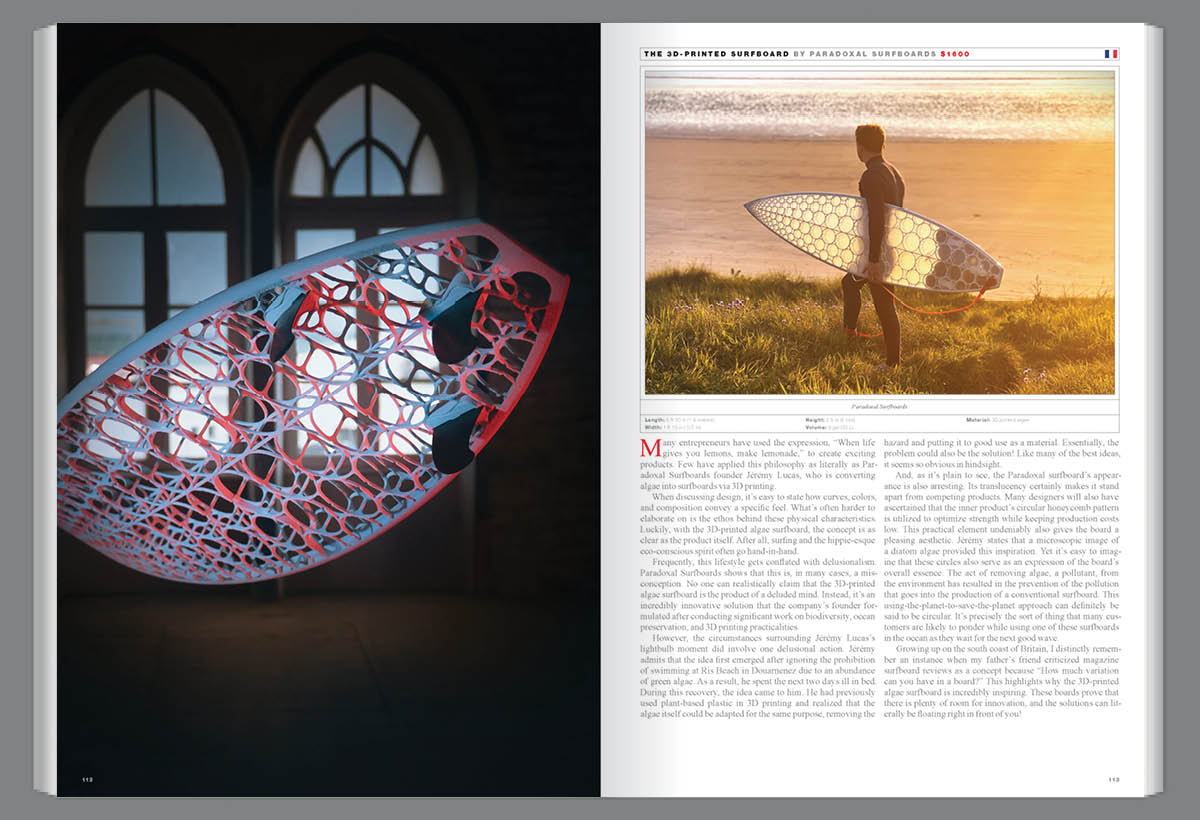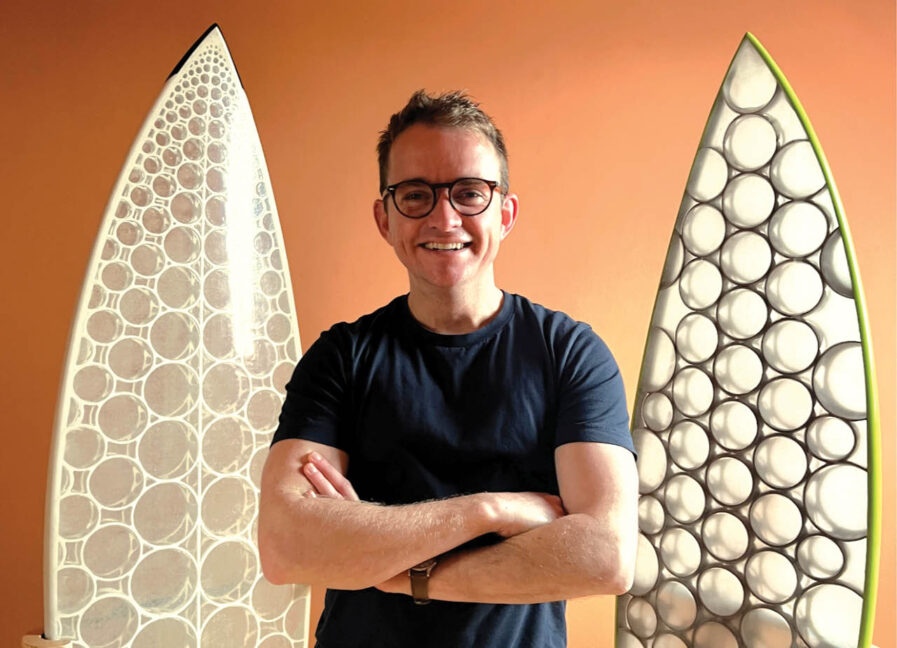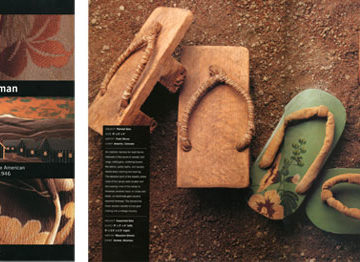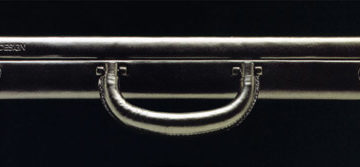When Jérémy Lucas found himself sick in bed after swimming in algae-choked waters, he saw an opportunity to clean up the hazard and use a material with untapped potential. Having already worked with plant-based plastics in 3D printing, he realized that the algae causing so much trouble could be transformed into something useful. That lightbulb moment led to the creation of 3D-printed surfboards made from algae, blending sustainability and innovation into an eco-friendly product with cutting-edge design, and the result is nothing short of revolutionary.
Written by Maxim Sorokopud
Many entrepreneurs have used the expression, “When life gives you lemons, make lemonade,” to create exciting products. Few have applied this philosophy as literally as Paradoxal Surfboards’s founder, Jérémy Lucas, who is converting algae into surfboards via 3D printing.
When discussing design, it’s easy to state how curves, colors, and composition convey a specific feel. What’s often harder to elaborate on is the ethos behind these physical characteristics. Luckily, with the 3D-printed algae surfboard, the concept is as clear as the product itself. After all, surfing and the hippie-esque eco-conscious spirit often go hand-in-hand.
Frequently, this lifestyle gets conflated with delusionalism. Paradoxal Surfboards shows that this is, in many cases, a misconception. No one can realistically claim that the 3D-printed algae surfboard is the product of a deluded mind. Instead, it’s an incredibly innovative solution that the company’s founder formulated after conducting significant work on biodiversity, ocean preservation, and 3D printing practicalities.






